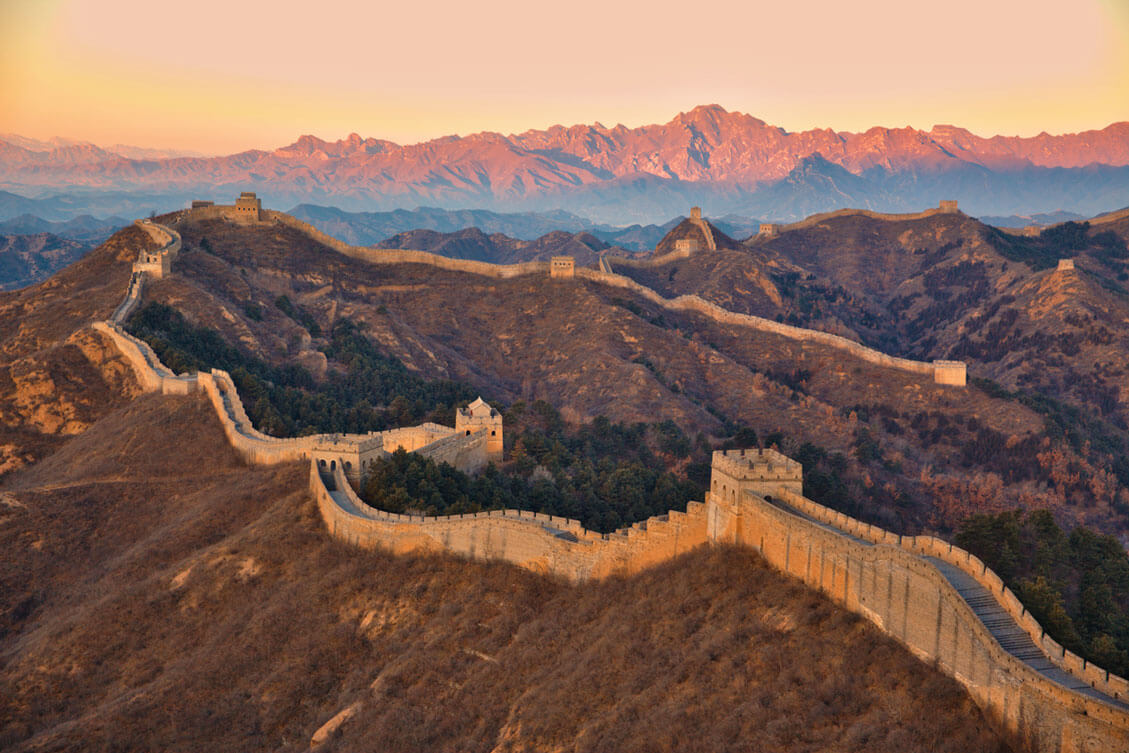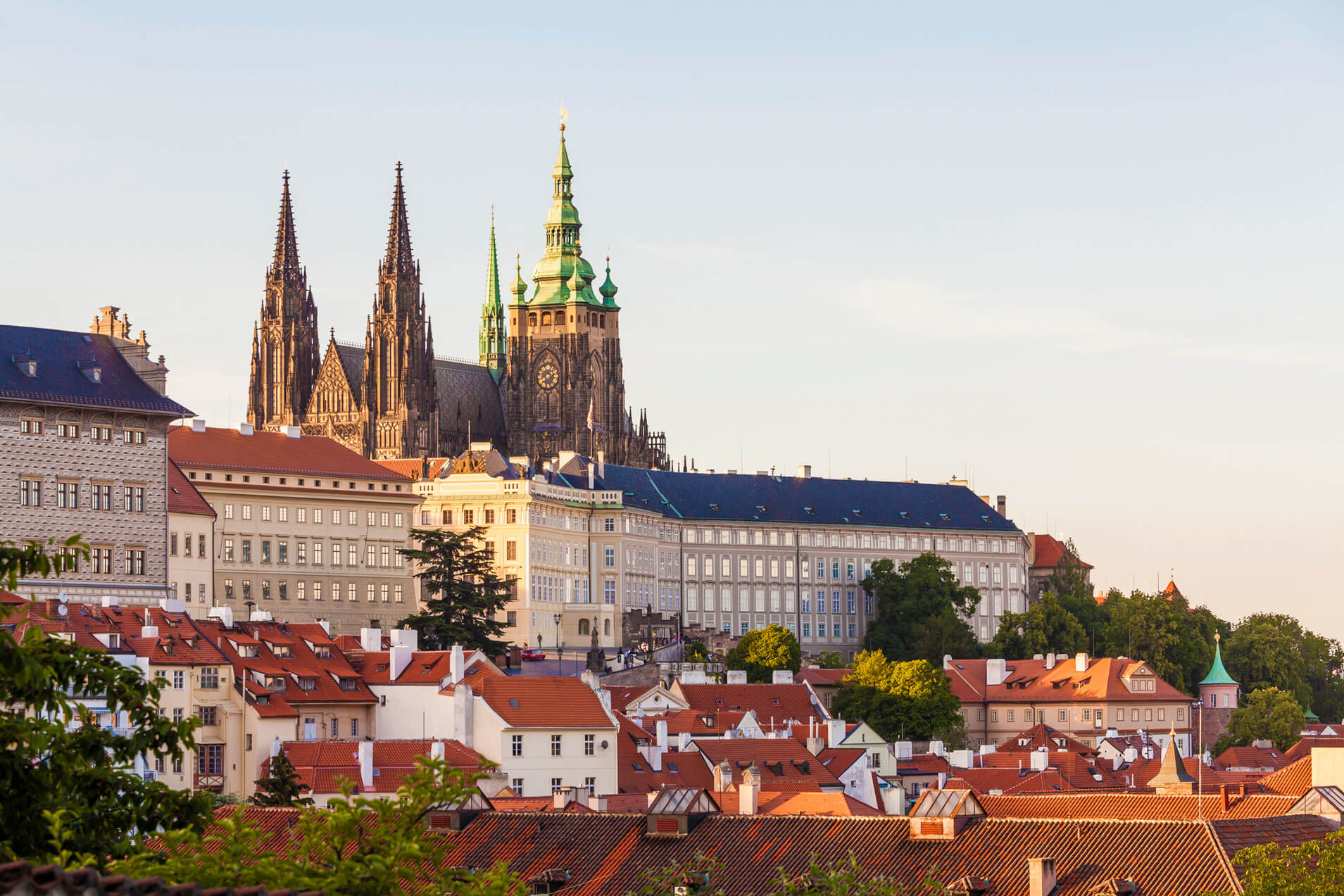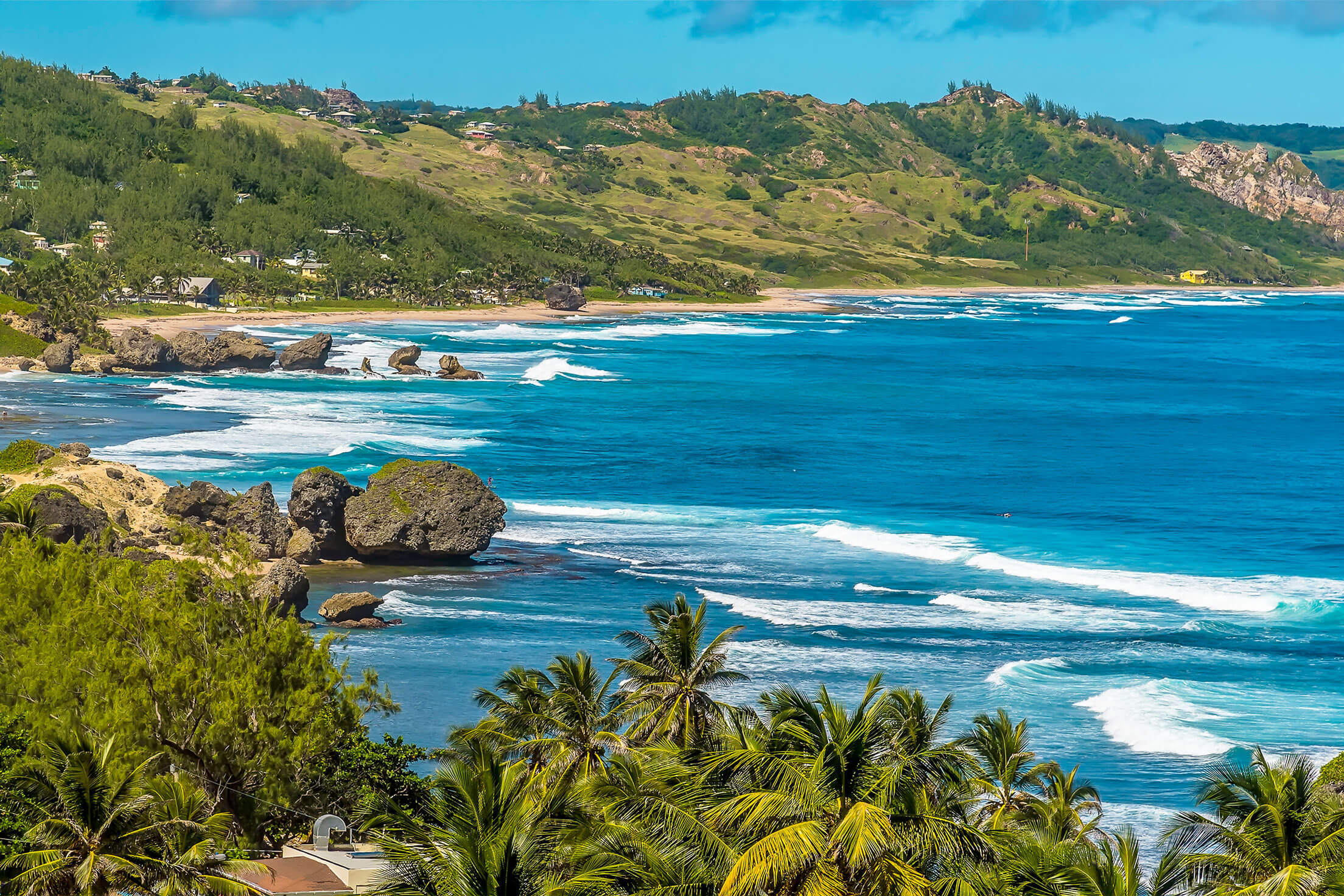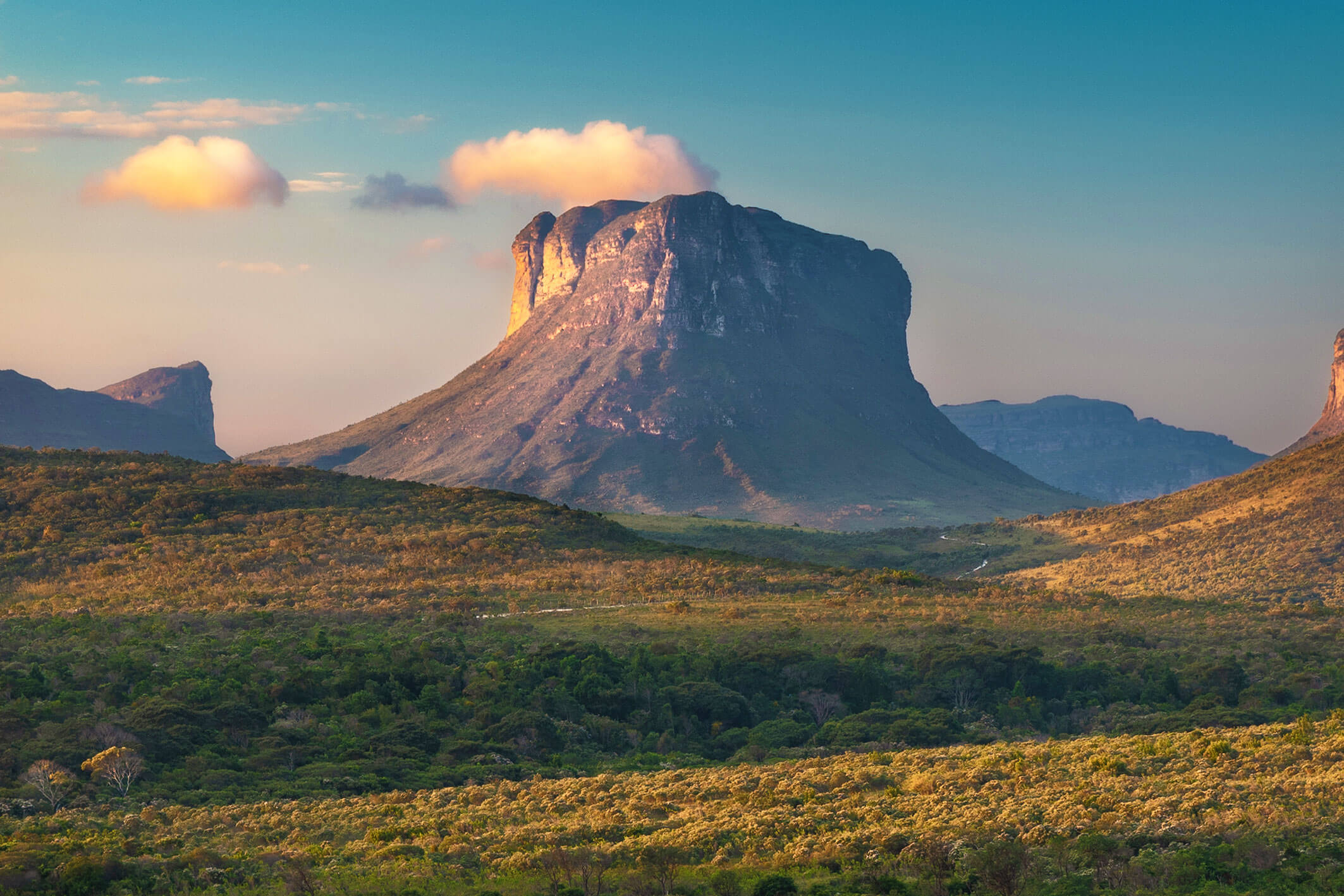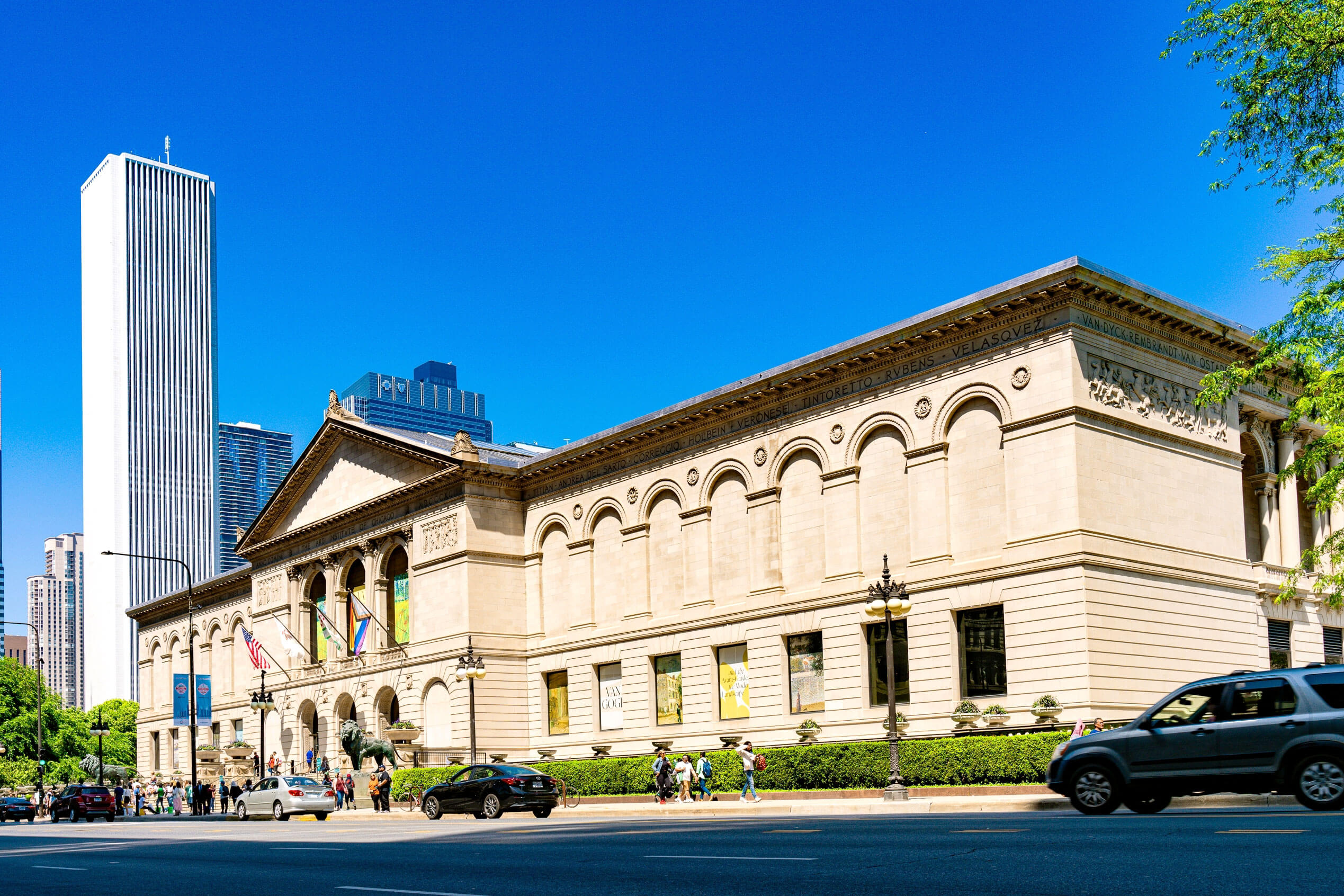1/1 Oops. Incorrect.
0%
0pts Earned
0/1correct
20/20
A colorful island crab is thought to be named after whom?
The Sally Lightfoot crab takes on bright red and blue hues when it reaches adulthood. It can be found throughout the Galápagos and on much of the western coast of South America. They are incredibly agile as they jump across the rocks and move in every direction — and are said to be named after the equally agile Caribbean dancer, Sally Lightfoot.
Source: Galápagos Conservation TrustA scientist
18%
A passing whaler ship
19%
A Caribbean dancer
43%
A president of Ecuador
20%
19/20
Which island was the first to have human residents?
One of the smaller islands in the Galápagos, Floreana has quite a colorful history. Whalers set up a post office here in the 18th century, and an Irishman became the first person to live in the Galápagos in 1807. Ecuadorians used it as a penal colony in 1832. In the early 20th century, Norwegian and German immigrants arrived, and a small population of about 100 still lives on the island.
Source: Galápagos Conservation TrustIsabela
38%
Santa Cruz
42%
Fernandina
15%
Floreana
5%
18/20
The islands have a channel that shares a name with what former leader?
Venezuelan-born Simón Bolívar was an important figure in the move to liberate South America from European control. He led revolutions against the Spanish in Peru, Bolivia, Columbia, Venezuela, and Ecuador. His connection with the latter helps to explain why the waters that separate Fernandina and Isabela Islands are known as the Straits of Bolívar. It is a popular area for whale watching.
Source: BritannicaChe Guevara
10%
Simón Bolívar
63%
Juan Perón
17%
Emiliano Zapata
10%
17/20
What type of creature is the Galápagos racer?
The Galápagos racer is a type of snake endemic to the islands. Usually dark brown with either stripes or spots, depending on the subspecies, they do not pose a threat to humans. They prey mainly on reptiles, small mammals, and young birds. The exact number of racer species on the islands is unknown, but they are now thought to be extinct on the island of Floreana.
Source: Galápagos Conservation TrustBird
14%
Snake
58%
Sea lion
15%
Fish
14%
16/20
What is the tallest peak on the Galápagos?
Wolf Volcano, also known as Mount Whiton, is located on Isabela Island. Reaching 5,580 feet above sea level, it is the highest peak in the Galápagos. Wolf Volcano is still an active volcano — it most recently erupted in January 2022 and, prior to that, in 2015.
Source: NPRWolf Volcano
8%
Azul Volcano
22%
Mount Darwin
41%
Mount Sierra Negra
29%
15/20
What resident of the Galápagos Islands is also called the “pirate bird”?
The magnificent frigatebird has a variety of other names. Charles Darwin nicknamed it “the condor of the ocean” for its giant wingspan and lengthy sea flights. To the Spanish, it was “the pirate bird” because it steals food from other birds. It is easy to spot the male frigatebird by their jet-black feathers and bright red throat. During mating season, the males inflate their red throat pouch to attract females.
Source: Galápagos Conservation TrustWaved albatross
28%
Vermilion flycatcher
12%
Magnificent frigatebird
34%
Galápagos petrel
26%
14/20
What is unique about the Galápagos marine iguana?
As its name suggests, the marine iguana is the only lizard in the world that can forage for food in water. Although other species of iguanas can swim, marine iguanas are the only ones that can spend prolonged periods of time underwater and that make tidal waters their main habitat. Because they eat algae, they can filter the excess salt from seawater and sneeze it out.
Source: Galápagos Conservation TrustIt can change its coloring
13%
It can breed asexually
26%
It’s a carnivore
5%
It’s the only sea going lizard
56%
13/20
A group of what species were named after Charles Darwin?
Darwin’s finches are fascinating evidence of how one species can adapt based on its environment. They formed a key role in proving Darwin’s theory of evolution. The 13 types of finch all evolved from one feathered ancestor, but as the descendants settled in different Galápagos habitats, they developed into 13 distinct species — with different coloring, beaks, and diets.
Source: Galápagos Conservation TrustFinches
44%
Penguins
26%
Owls
6%
Cormorants
24%
12/20
What color is the sand on the island of Rabida?
The vivid beaches of Rabida provide visitors with a clue about the island’s geology. Like many of the islands, Rabida is volcanic in origin. The ash left from eruptions contains a large amount of iron, and as a result, the island’s sand is a deep red color. The uninhabited island is a rich environment for many species of birds and seals.
Source: MyBestPlace.comGreen
25%
Black
38%
White
17%
Red
20%
11/20
What is unique about the Galápagos penguin?
The Galápagos penguin is one of the smallest penguin species, measuring an average of 19 inches in height. Sadly, the species is currently considered endangered after climate events in the 1980s decimated the population. The Galápagos penguin makes its home on several of the islands, including the northern point of Isabela which crosses the equator. This makes it the only penguin species to live wild in the Northern Hemisphere.
Source: Galápagos Conservation TrustOnly Northern Hemisphere penguin
48%
It does not eat fish
4%
It cannot swim
15%
It is not actually a penguin
32%
10/20
The island of Santa Cruz is also known by what name?
Santa Cruz, the second-largest island in the Galápagos, also has an English name. In 1812, the HMS Indefatigable visited the islands, and the island was named Indefatigable Island in its honor. A relatively large number of Americans and Europeans came to live on Santa Cruz Island between the two World Wars. Today, with a population of 12,000, it is the archipelago’s main tourist hub.
Source: Galápagos ConservancyAlbemarle Island
6%
Indefatigable Island
5%
Darwin Island
68%
Beagle Island
21%
9/20
The Galápagos have two flightless bird species — a penguin and what?
There are 29 species of cormorants around the world. However, the species endemic to the Galápagos is the only one that has evolved so that it cannot fly. A lack of natural predators and a readily available supply of food allowed them to adapt for swimming rather than flying. Their wings are only about a third of the size of a typical cormorant wingspan.
Source: Galápagos ConservancyFinch
4%
Booby
62%
Owl
4%
Cormorant
30%
8/20
What native creature can grow to weigh 500 pounds or more?
Possibly the best-known creature of the Galápagos Islands is the giant tortoise — indeed, the islands were originally named for them. Twelve different species live on the islands. They once numbered 250,000 or more, but only about 15,000 remain. The heaviest Galápagos tortoise on record weighed a whopping 573 pounds.
Source: National GeographicGalápagos penguin
2%
Marine iguana
7%
Galápagos tortoise
89%
Galápagos cormorant
2%
7/20
What bird species on the Galápagos is known for its colorful feet?
With its vividly colored feet, the blue-footed booby is a common draw for visitors to the Galápagos Islands. There are two other booby species resident on the islands: the red-footed and Nazca varieties, which are less numerous than their blue-footed cousins. The booby’s name is derived from the Spanish word for clown. Their large colorful feet and clumsy way of walking are reminiscent of a circus entertainer.
Source: Galápagos Conservation TrustCormorant
23%
Penguin
7%
Booby
63%
Finch
8%
6/20
What is the largest island in the Galápagos?
Covering an area of 2,249 square miles, Isabela Island is the largest of the Galápagos Islands. The island is largely volcanic, with two of its five craters still active. While Isabela crosses the equator at its northernmost tip, most of the island’s residents live in the southern town of Villamil.
Source: Galápagos ConservancySanta Cruz
27%
Santa Maria
26%
Isabela
32%
Fernandina
16%
5/20
What is the official language of the Galápagos Islands?
As a province of Ecuador, the official language — and the most widely spoken language on the Galápagos Islands — is Spanish. Approximately 93% of Ecuadorians have Spanish as their primary language. Quechua is the next most common language, the primary tongue of 4.1% of the population. Many Ecuadorians are bilingual, speaking both.
Source: CIA World FactbookEnglish
4%
Spanish
85%
Quechua
8%
French
3%
4/20
What famous scientist helped to popularize the Galápagos Islands?
Charles Darwin studied theology but decided to pursue his love of natural history as a career. In 1831, he set sail on the HMS Beagle to collect samples of flora and fauna along the South American coast. The voyage and the samples he collected led to a scientific breakthrough. Darwin wrote “On the Origin of Species” theorizing evolution and natural selection. His work also helped to draw popular attention to the Galápagos.
Source: National GeographicJohn Muir
11%
Marie Curie
3%
Albert Einstein
3%
Charles Darwin
84%
3/20
From what language did the name Galápagos originate?
Some of the first Spanish explorers to visit the Galápagos Islands believed them to be magical and called them “Las Islas Encantadas” (Enchanted Isles). The islands were first included on a world atlas in 1570, labeled as the Galápagos. The name came from the old Spanish word for saddle and referred to the number of giant tortoises who lived on the islands.
Source: Discovering GalápagosPortuguese
48%
French
3%
Quechua
21%
Spanish
28%
2/20
What body of water surrounds the Galápagos Islands?
The Galápagos Islands can be found in the eastern Pacific Ocean. The Pacific is the largest ocean on Earth, covering one-third of the Earth’s surface. Stretching 62.5 million miles, the Pacific Ocean is home to thousands of islands of varying sizes.
Source: BritannicaAtlantic Ocean
19%
Gulf of Mexico
8%
Pacific Ocean
66%
Straits of Magellan
8%
1/20
The Galápagos Islands are part of which country?
A province of Ecuador, the Galápagos Islands are located approximately 600 miles west of the Ecuadorian mainland. Ecuador, located in the northwestern part of South America, has a total population of 18.2 million. Approximately 25,000 of those residents live on the Galápagos Islands.
Source: BritannicaChile
24%
Ecuador
48%
Spain
10%
They are an independent nation
18%
Play Quizzes By Category
Play A Trending Quiz
Trending, related and recent quizzes you may be interested in
